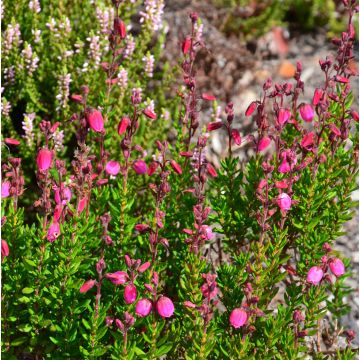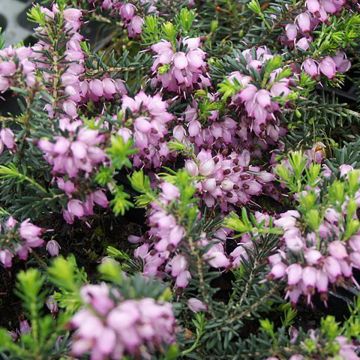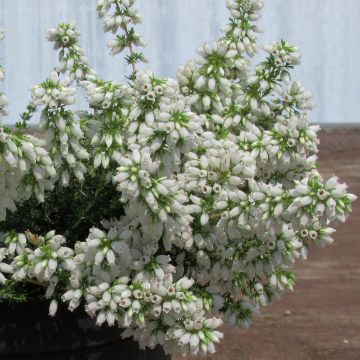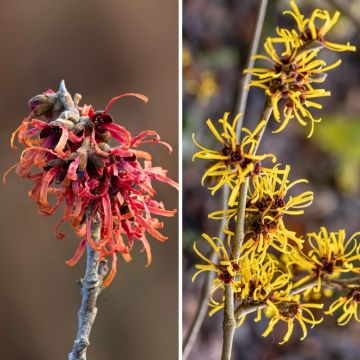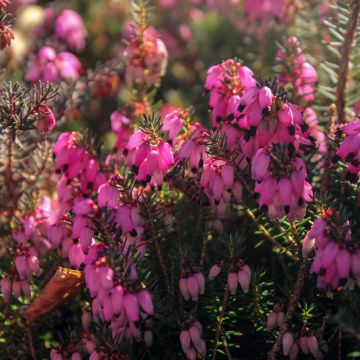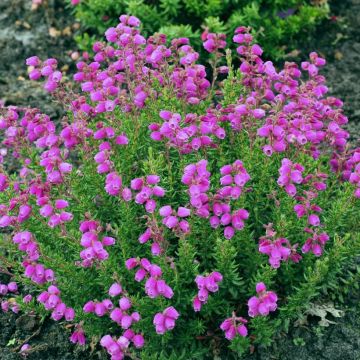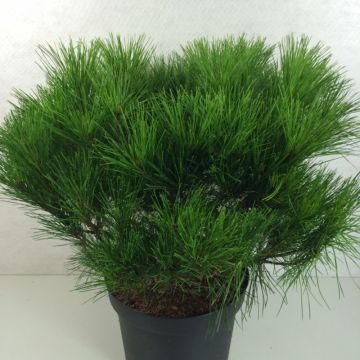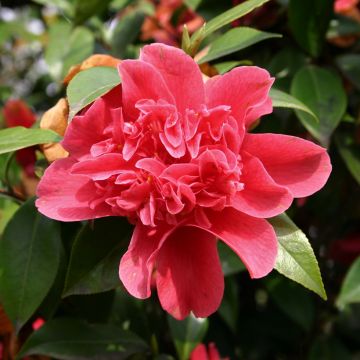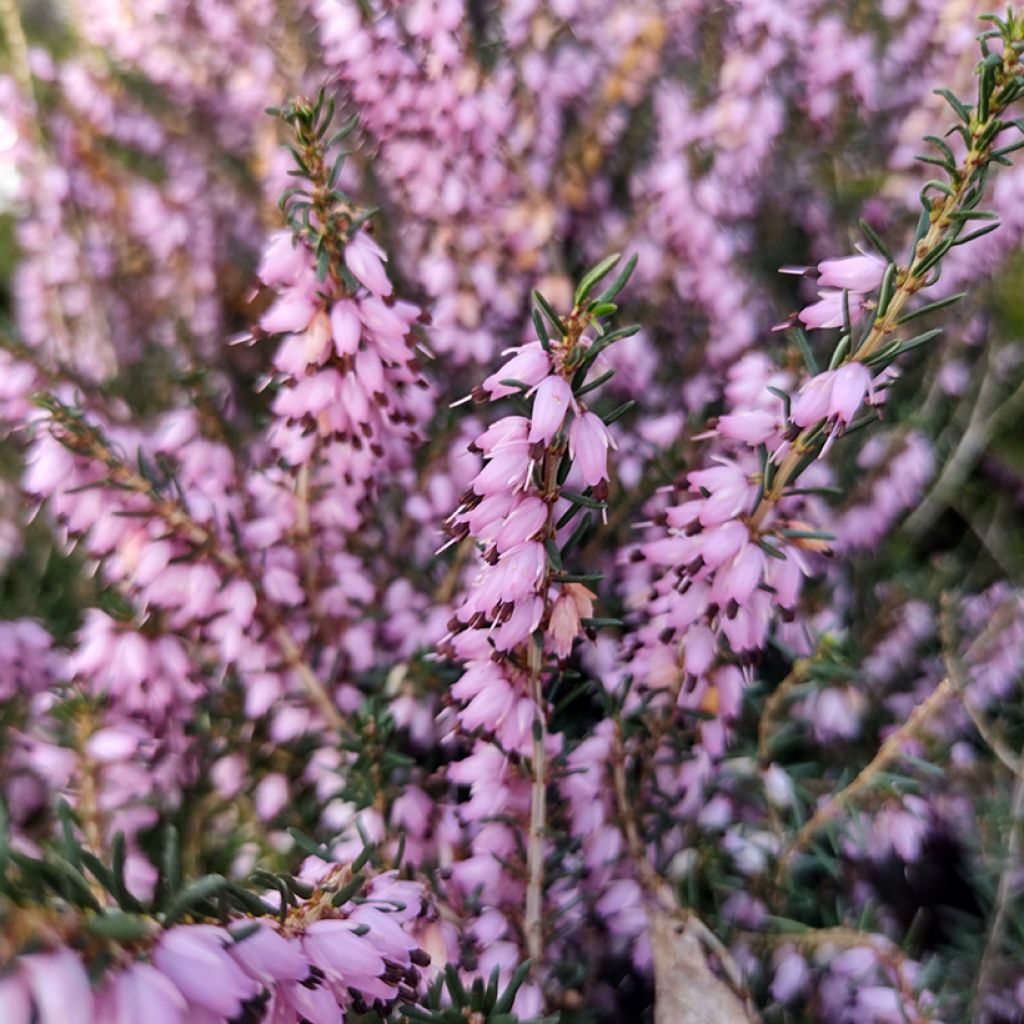

Darley Heath - Erica darleyensis Furzey
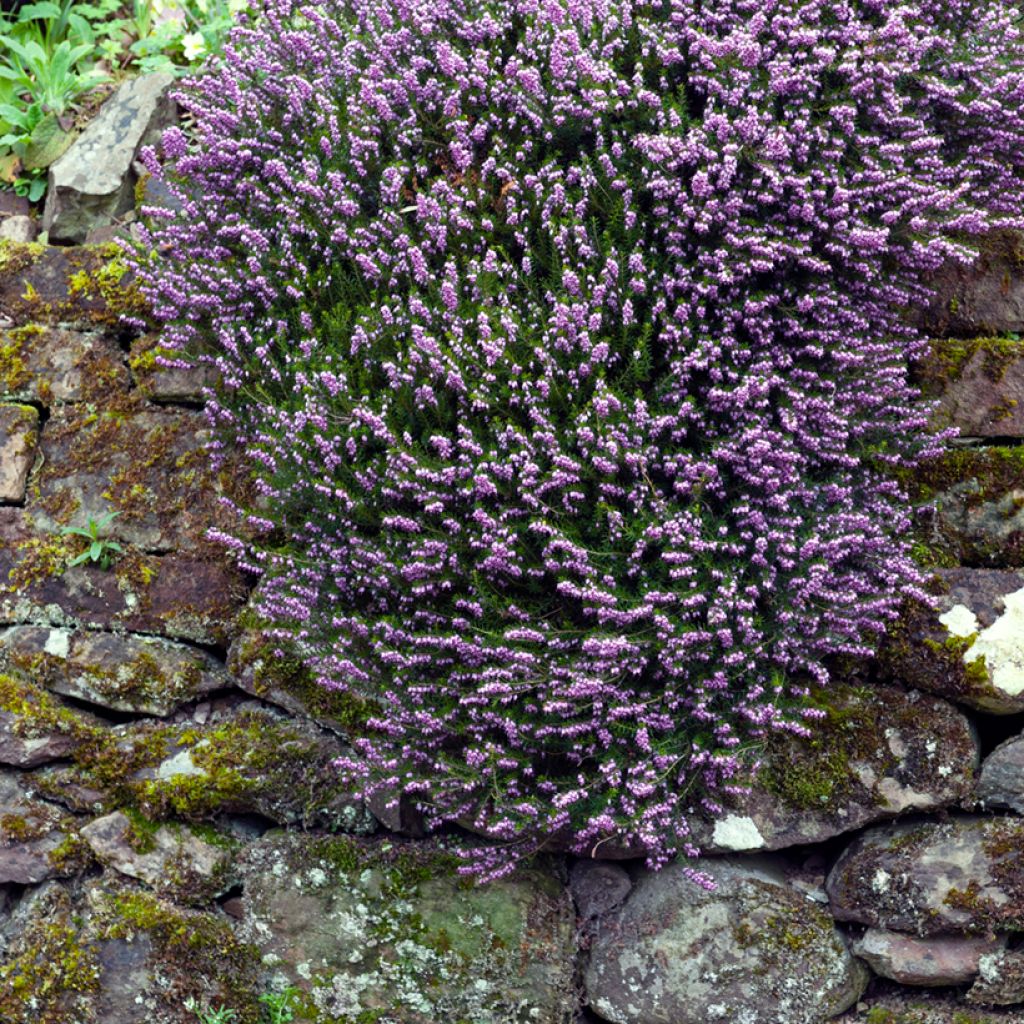

Darley Heath - Erica darleyensis Furzey


Darley Heath - Erica darleyensis Furzey


Darley Heath - Erica darleyensis Furzey
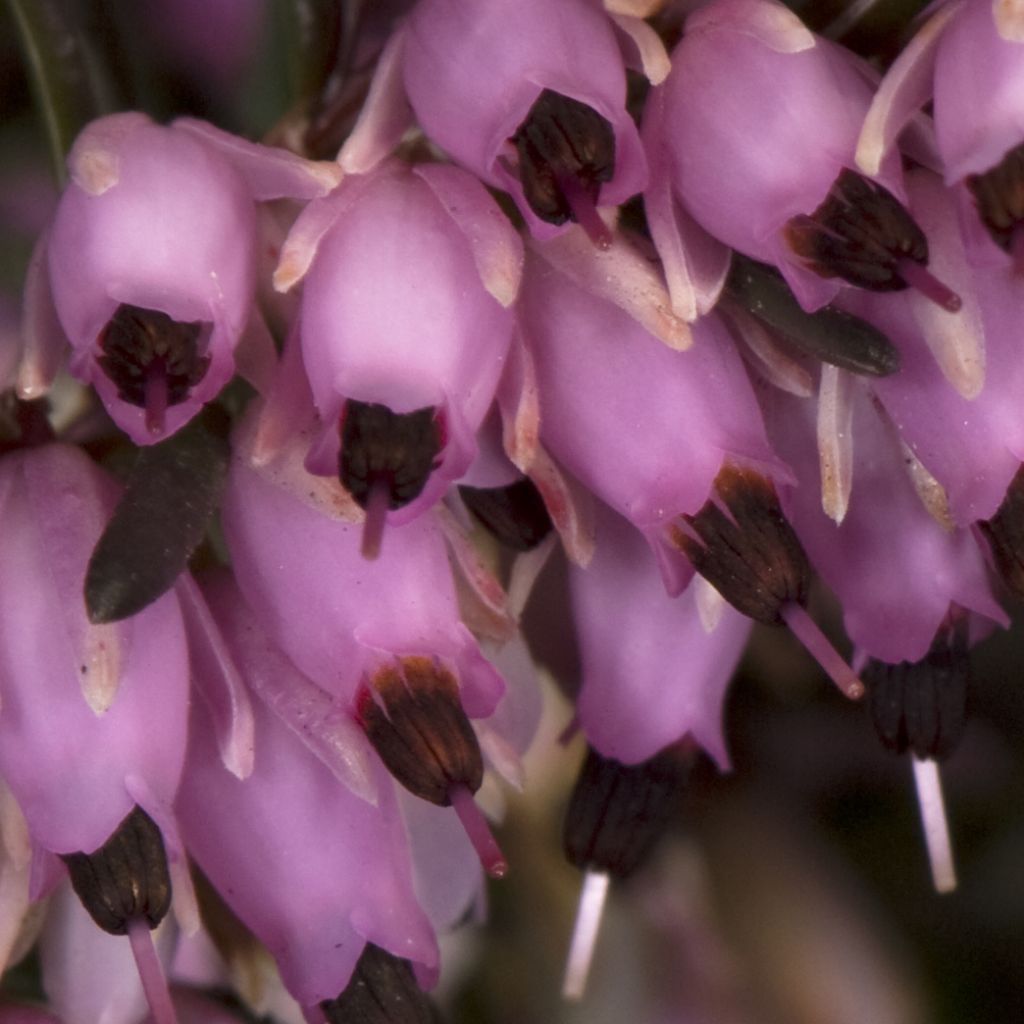

Darley Heath - Erica darleyensis Furzey


Darley Heath - Erica darleyensis Furzey
Darley Heath - Erica darleyensis Furzey
Erica x darleyensis Furzey
Winter Heath, Spring Heath, Snow Heather, Alpine Heath
Delivery on time. Beautiful young plants upon arrival. Very pleased and satisfied.
Roland , 09/12/2023
This item cannot be shipped to the selected country
Delivery charge from €5.90
Delivery charge from €5.90
More information
Schedule delivery date,
and select date in basket
This plant carries a 24 months recovery warranty
More information
We guarantee the quality of our plants for a full growing cycle, and will replace at our expense any plant that fails to recover under normal climatic and planting conditions.
From €5.90 for pickup delivery and €6.90 for home delivery
Express home delivery from €8.90.
From €5.90 for pickup delivery and €6.90 for home delivery
Express home delivery from €8.90.


Does this plant fit my garden?
Set up your Plantfit profile →
Description
Erica darleyensis 'Furzey', a variety of Snow Heath or Darley Heath Hybrid, forms a compact undershrub with evergreen foliage, the young shoots of which are coloured in spring, transforming the plant into a perfectly delightful pink cushion. The flowering period is long and abundant, with small pink-lilac bells appearing from December to May. Particularly hardy, it tolerates slightly calcareous soils and prefers sunny situations. Ideal for ground cover between shrubs or in rockeries.
Erica darleyensis 'Furzey' belongs to the family of ericaceae. It is one of the many x darleyensis hybrids obtained by crossing Erica carnea alpine and Erica erigena mediterranea, both of which are species that tolerate calcareous soils. The low, spreading habit is strongly branched, measuring 25 cm (9.8 in) in height and 60 cm (23.6 in) in width. Its growth is quite slow, with a lifespan of about fifteen years. This hybrid is more vigorous than E. carnea and its flowering is even longer and more abundant. Throughout most of the winter and until spring, from December to April, it produces delicate small urn-shaped flowers in a very fresh pink-lilac colour, with prominent and contrasting purple stamens. The bells are arranged in 5 cm to 10 cm (1.9 in to 3.9 in) long clusters at the end of leafy stems. The flowering is nectariferous, providing a valuable source of pollen and nectar for bees in early spring. The evergreen foliage is composed of small narrow and erect dark green leaves, the tips of which appear pink in spring.
Erica darleyensis 'Furzey' provides excellent ground cover at the base of deciduous or evergreen shrubs, where it enjoys the light shade provided. It can also be used in rockeries, alongside mountain plants. It can be grown both in urban and rural areas. It complements shrub plantings perfectly and works wonders as a carpet at the base of conifers like Chamaecyparis lawsoniana, Cryptomeria japonica, various Juniperus, shrubs such as Ceanothus, Osmanthus, Potentilla, or perennials such as Aster, Festuca, Hebe, or even Penstemon. Counted among the best garden plants, you can place it in borders and pots, alone or in combination, and along pathways. Heathers thrive in many situations: in open terrain, in light woodlands, on slopes, or in the aridity of rockeries.
Certain heathers, especially the genus Erica, are often associated with the humid Atlantic heathlands of Brittany, Ireland, or Scotland, but there are also heathers that thrive in dry climates and on calcareous soils. But one of the richest areas in heathers is located in South Africa. In the Cape region, there is a vegetation formation on acid soil called Fynbos, which includes nearly 625 species of heaths out of the 740 that exist in the world.
Report an error about the product description
Darley Heath - Erica darleyensis Furzey in pictures






Plant habit
Flowering
Foliage
Botanical data
Erica
x darleyensis
Furzey
Ericaceae
Winter Heath, Spring Heath, Snow Heather, Alpine Heath
Cultivar or hybrid
Other Heather
Planting and care
Erica darleyensis 'Furzey' prefers a soil not too rich in organic matter, and can even tolerate poor soils. However, it should be light, sandy, slightly acidic, neutral or slightly chalky, moist to dry, well-drained soil. Plant in autumn or spring, without burying the collar too much. This plant prefers a sunny location, but does not tolerate scorching sun. It will also tolerate partial shade. During the first two years, carefully weed around the base. Adapted to dry environments, heather roots are generally multi-branching and prevent the establishment of other species nearby once they are well established. In case of prolonged drought, mulch around the base to retain some moisture. Erica can be prone to phytophthora (root rot), phythium, and rhizoctonia during hot and humid periods.
Planting period
Intended location
Care
-
, onOrder confirmed
Reply from on Promesse de fleurs
Evergreen shrubs
Haven't found what you were looking for?
Hardiness is the lowest winter temperature a plant can endure without suffering serious damage or even dying. However, hardiness is affected by location (a sheltered area, such as a patio), protection (winter cover) and soil type (hardiness is improved by well-drained soil).

Photo Sharing Terms & Conditions
In order to encourage gardeners to interact and share their experiences, Promesse de fleurs offers various media enabling content to be uploaded onto its Site - in particular via the ‘Photo sharing’ module.
The User agrees to refrain from:
- Posting any content that is illegal, prejudicial, insulting, racist, inciteful to hatred, revisionist, contrary to public decency, that infringes on privacy or on the privacy rights of third parties, in particular the publicity rights of persons and goods, intellectual property rights, or the right to privacy.
- Submitting content on behalf of a third party;
- Impersonate the identity of a third party and/or publish any personal information about a third party;
In general, the User undertakes to refrain from any unethical behaviour.
All Content (in particular text, comments, files, images, photos, videos, creative works, etc.), which may be subject to property or intellectual property rights, image or other private rights, shall remain the property of the User, subject to the limited rights granted by the terms of the licence granted by Promesse de fleurs as stated below. Users are at liberty to publish or not to publish such Content on the Site, notably via the ‘Photo Sharing’ facility, and accept that this Content shall be made public and freely accessible, notably on the Internet.
Users further acknowledge, undertake to have ,and guarantee that they hold all necessary rights and permissions to publish such material on the Site, in particular with regard to the legislation in force pertaining to any privacy, property, intellectual property, image, or contractual rights, or rights of any other nature. By publishing such Content on the Site, Users acknowledge accepting full liability as publishers of the Content within the meaning of the law, and grant Promesse de fleurs, free of charge, an inclusive, worldwide licence for the said Content for the entire duration of its publication, including all reproduction, representation, up/downloading, displaying, performing, transmission, and storage rights.
Users also grant permission for their name to be linked to the Content and accept that this link may not always be made available.
By engaging in posting material, Users consent to their Content becoming automatically accessible on the Internet, in particular on other sites and/or blogs and/or web pages of the Promesse de fleurs site, including in particular social pages and the Promesse de fleurs catalogue.
Users may secure the removal of entrusted content free of charge by issuing a simple request via our contact form.
The flowering period indicated on our website applies to countries and regions located in USDA zone 8 (France, the United Kingdom, Ireland, the Netherlands, etc.)
It will vary according to where you live:
- In zones 9 to 10 (Italy, Spain, Greece, etc.), flowering will occur about 2 to 4 weeks earlier.
- In zones 6 to 7 (Germany, Poland, Slovenia, and lower mountainous regions), flowering will be delayed by 2 to 3 weeks.
- In zone 5 (Central Europe, Scandinavia), blooming will be delayed by 3 to 5 weeks.
In temperate climates, pruning of spring-flowering shrubs (forsythia, spireas, etc.) should be done just after flowering.
Pruning of summer-flowering shrubs (Indian Lilac, Perovskia, etc.) can be done in winter or spring.
In cold regions as well as with frost-sensitive plants, avoid pruning too early when severe frosts may still occur.
The planting period indicated on our website applies to countries and regions located in USDA zone 8 (France, United Kingdom, Ireland, Netherlands).
It will vary according to where you live:
- In Mediterranean zones (Marseille, Madrid, Milan, etc.), autumn and winter are the best planting periods.
- In continental zones (Strasbourg, Munich, Vienna, etc.), delay planting by 2 to 3 weeks in spring and bring it forward by 2 to 4 weeks in autumn.
- In mountainous regions (the Alps, Pyrenees, Carpathians, etc.), it is best to plant in late spring (May-June) or late summer (August-September).
The harvesting period indicated on our website applies to countries and regions in USDA zone 8 (France, England, Ireland, the Netherlands).
In colder areas (Scandinavia, Poland, Austria...) fruit and vegetable harvests are likely to be delayed by 3-4 weeks.
In warmer areas (Italy, Spain, Greece, etc.), harvesting will probably take place earlier, depending on weather conditions.
The sowing periods indicated on our website apply to countries and regions within USDA Zone 8 (France, UK, Ireland, Netherlands).
In colder areas (Scandinavia, Poland, Austria...), delay any outdoor sowing by 3-4 weeks, or sow under glass.
In warmer climes (Italy, Spain, Greece, etc.), bring outdoor sowing forward by a few weeks.




































